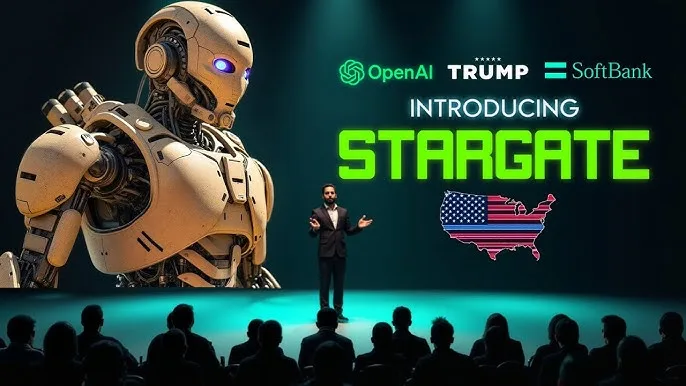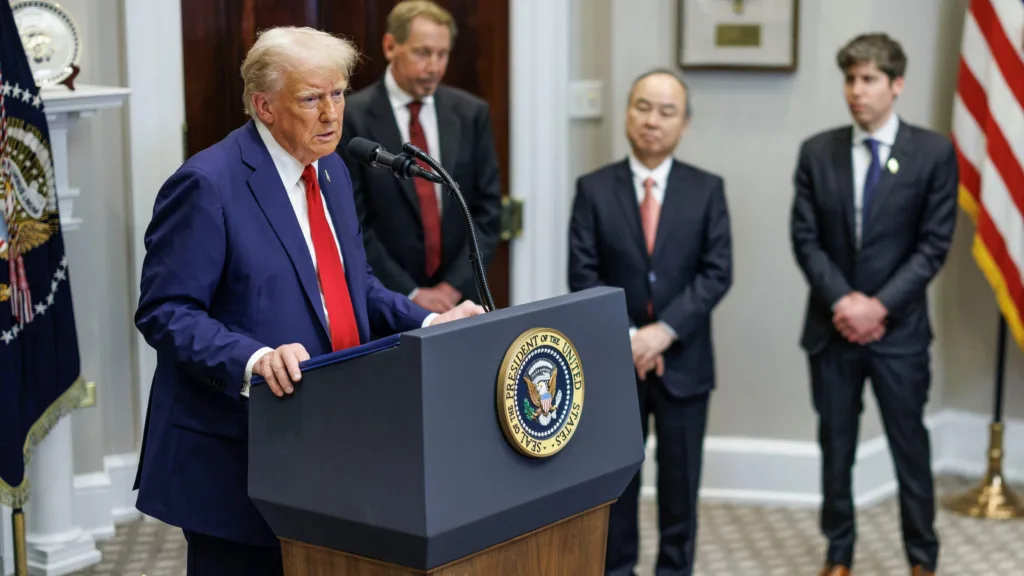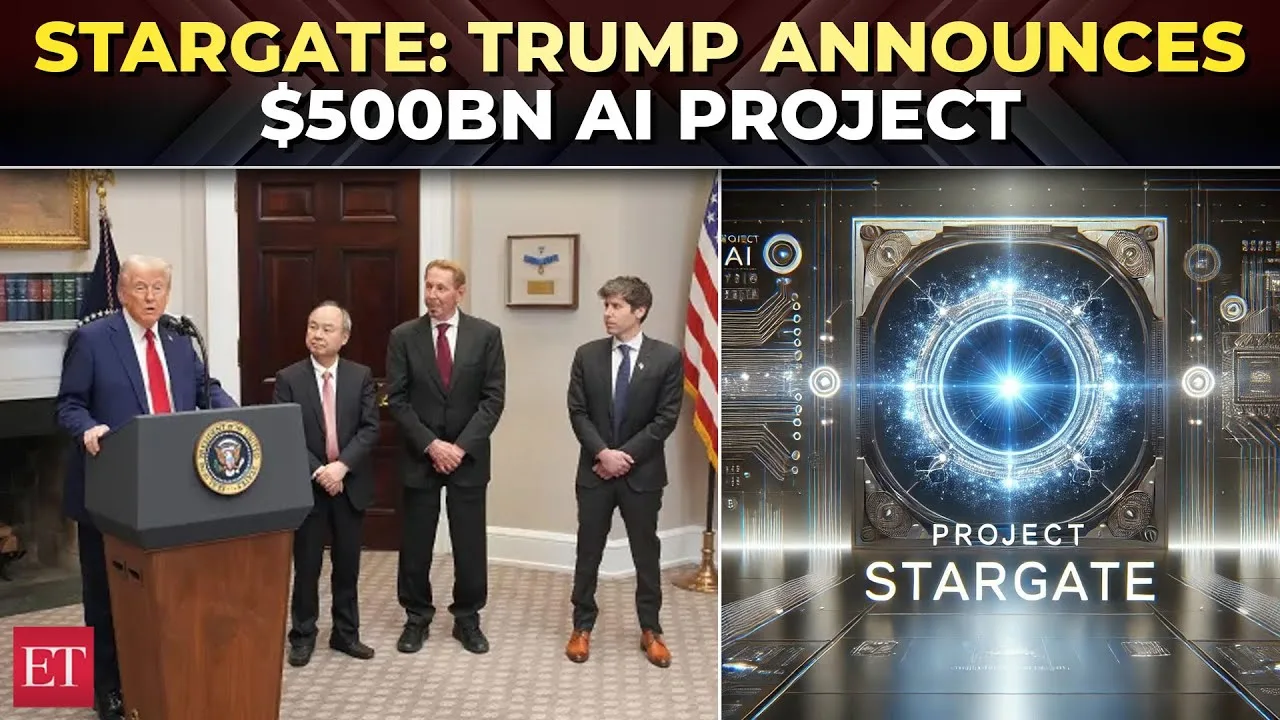
Introduction
In a move that has sparked both excitement and controversy, the United States has unveiled “Project Stargate,” a $500 billion artificial intelligence (AI) infrastructure initiative, positioning it as the largest AI investment in history.
Announced on January 21, 2025, by President Donald Trump alongside tech titans, this project aims to re-industrialize America and secure its dominance in the global AI race.
But is this ambitious endeavor a leap into the future or a costly gamble?
What is Project Stargate?
Project Stargate is a joint venture spearheaded by OpenAI, SoftBank, Oracle, and MGX.
The initiative aims to construct 20 state-of-the-art AI data centers across the U.S., starting in Abilene, Texas.
These centers will power advancements in AI technologies, including artificial general intelligence (AGI) and AI-driven healthcare solutions like mRNA vaccines designed within 48 hours
The project will initially deploy $100 billion, scaling up to $500 billion by 2029.
Funding comes from equity contributions—$19 billion each from SoftBank and OpenAI, $7 billion each from Oracle and MGX—and additional investments from partners like Nvidia and Microsoft.
Critics like Elon Musk have questioned whether SoftBank can meet its financial commitments, but OpenAI CEO Sam Altman has dismissed these concerns
The Price Tag: $500 Billion

Key Players and Stakeholders
- Masayoshi Son (SoftBank CEO): Chairman of Stargate.
- Sam Altman (OpenAI CEO): Leading operational efforts.
- Larry Ellison (Oracle Chairman): Advocating for AI’s potential in healthcare.
- Donald Trump: Championing the project as a national security imperative.
Other stakeholders include Nvidia, Microsoft, and Arm, who will provide technological support
Trump’s Take on Stargate
President Trump called Stargate “the largest AI infrastructure project in history,” framing it as essential for national security and economic growth.
His administration has rolled back regulations to expedite construction and energy access for the project.
Critics argue this deregulation could lead to environmental and ethical concerns
Timeline and Implementation
The project is already underway, with initial construction in Texas.
Over the next four years, it aims to create 100,000 jobs while expanding into additional sites.
The phased approach addresses challenges like energy demands and regulatory hurdles
Who Benefits?
- Immigrants and Working Visa Holders: Stargate promises job creation across sectors like technology, construction, and energy. It may also streamline visa processes for skilled workers needed to build and operate these facilities.
- Tech Industry: Companies like OpenAI gain unprecedented access to infrastructure for developing cutting-edge AI models.
- Healthcare: Innovations like rapid vaccine design could revolutionize medicine
Winners and Losers
- Positive Impact: The U.S. economy could see a boost from job creation and technological leadership. Allies may benefit from shared advancements in AI-driven national security.
- Negative Impact: Environmentalists warn of massive energy consumption. Smaller tech firms fear being overshadowed by corporate giants dominating the AI landscape
The End Goal
Stargate’s ultimate aim is to achieve AGI while solidifying America’s position as a global AI leader.
By investing heavily in infrastructure, the project seeks to outpace rivals like China’s DeepSeek, which recently launched competing open-source AI models
In Favor:
Larry Ellison hailed Stargate as “a transformative force” for healthcare innovation.
William Blair analysts called it “a Manhattan Project for the AI era”.
Against:
Elon Musk criticized the project’s financial viability, while environmentalists raised alarms about its ecological footprint
Voices For and Against
Conclusion
As Project Stargate unfolds, it remains both a beacon of technological ambition and a flashpoint for debate over its costs, benefits, and long-term implications.
Will it propel America into an AI-powered future or leave taxpayers footing an astronomical bill?
Only time will tell.




